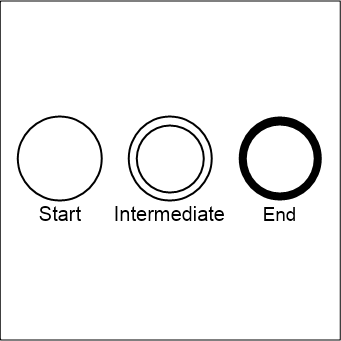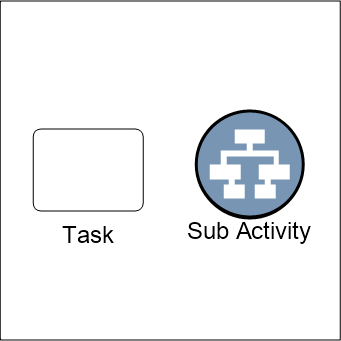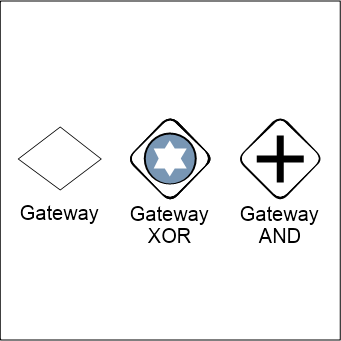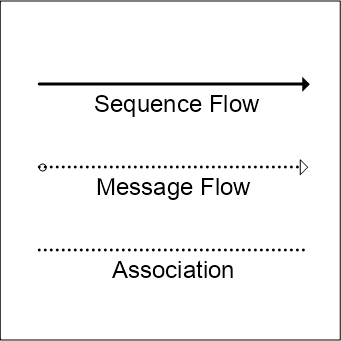BPMN is used for providing a standard graphical representation of business processes that are easy to understand for both technical and business users. This includes business analysts responsible for creating and improving the processes, technical developers who implement the activities, and business managers who are managing and monitoring the processes. It also provides a common language, for specifying business processes, that eliminating any possible miscommunication between the different departments within a company, as well as between different organizations.
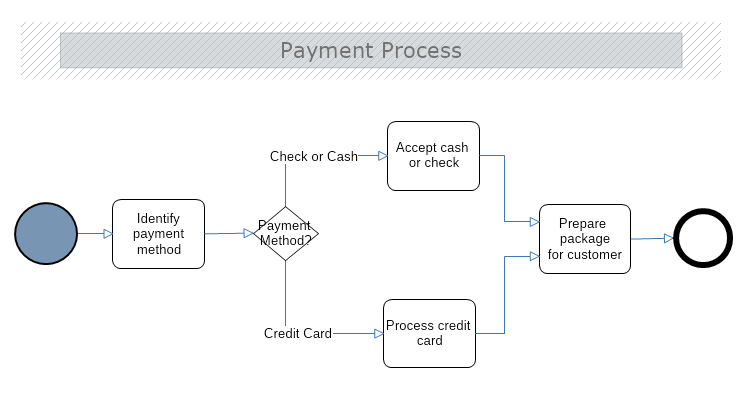
Understanding BPMN Diagrams
BPMN Diagrams are used for displaying a business process from end to end in a standardized manner. This standardization is presented via the specific shapes (symbols/icons) used for this kind of diagram. Each shape has its particular meaning and use. All symbols used in BPMN diagrams can be categorized within four main groups:
Flow objects
These are the items illustrating the exact actions of the business process. E.g. activities, event, gateways, etc.;
Connecting objects
These are the arrow-like items connecting the different activities in the business process. E.g. message flow, association, sequence flow, etc.;
Swim lanes
They are to determine the different departments or positions involved in the illustrated business process. E.g. pool, lane;
Artifacts
They are to clarify furthermore different elements and parts of the BPMN. E.g. annotations, data objects, etc.
These categories of elements enable the creation of BPMN Diagrams that are fully complete and at the same time simple and easy to understand for the user.

